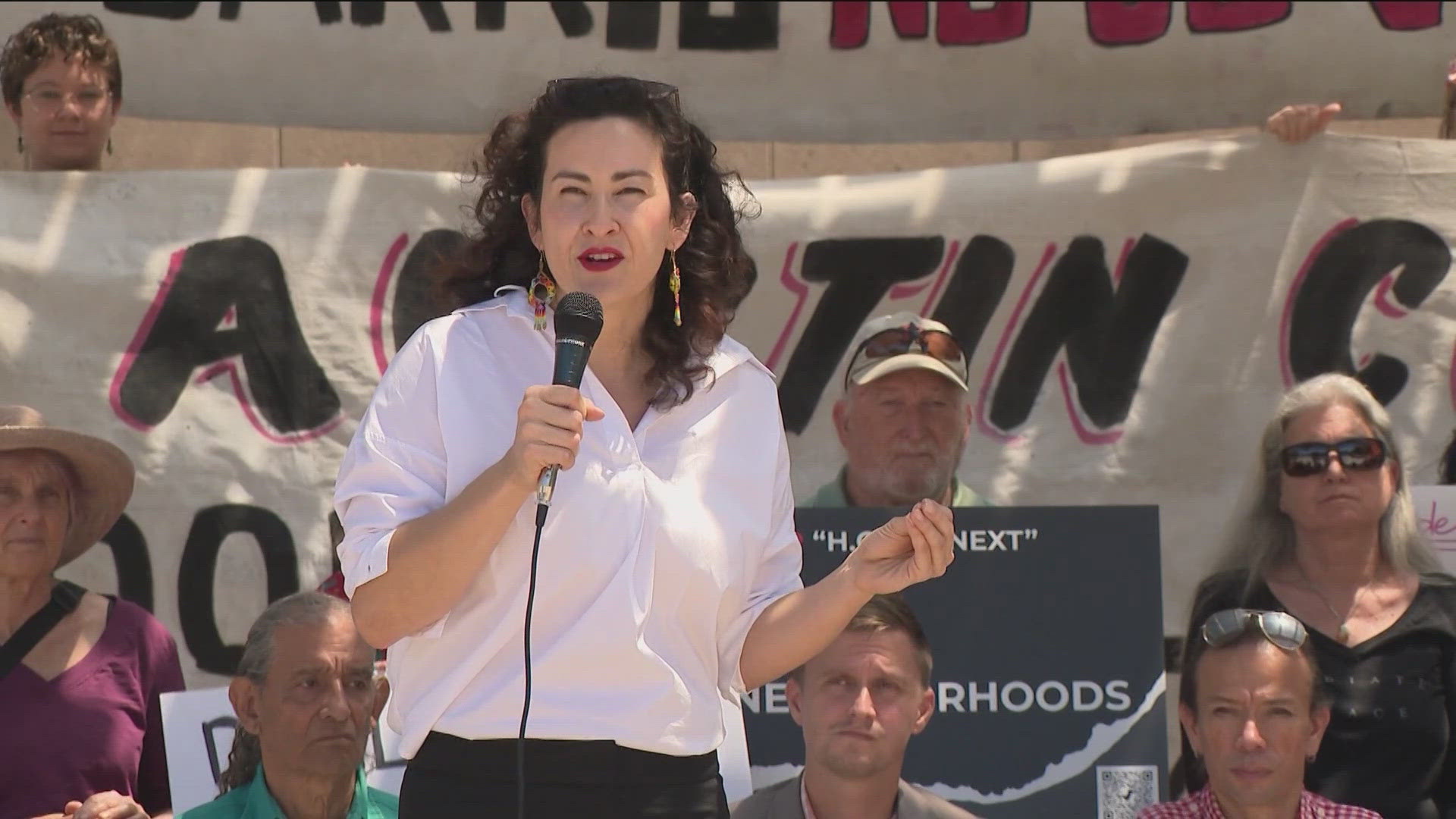A new call system has Austin Police responding to emergencies nearly twice as fast as before.
Video
A fight breaks out at a Central East Austin apartment complex. A man has a knife and is threatening to use it. A witness makes a desperate call for help.
Caller: "He's screaming at my mother-in-law too."
Dispatcher: "What type of knife? What type of knife?"
Caller: "I don't know. I don't know."
The fight intensifies. The dispatcher works to calm the woman.
Dispatcher: "Police are on the way."
At the same time another dispatcher uses GPS to track the closest officer--no matter what their assigned area. She gives orders for a hot shot call. That means it's a top priority. The officer must use lights and sirens.
Dispatcher: "Respond code 3."
Officer: "Charlie 204 in route."
Within minutes help arrives.
Caller: "The cop's already here."
Dispatcher: "Okay, I'll let you go."
Since the new call system was put in place almost two months ago, response time has gone from an average of 8:30 to 5:55. That includes how long it takes the dispatcher to process the call.
"It dramatically dropped the response time which can be the matter of life and death," Sgt. Richard Stresing said.
Stresing says the hot shot call system does more than improve call time. Officers are using their sirens more and thus sending a message.
"We might be going to this call with our lights and sirens, but on the street next to us is someone breaking into a house or a car committing a crime that we don't even know about yet. They hear the siren and they're going to abandon that crime and flee because they think we're after them," Stresing said.
Some of the 19 emergencies that require lights and sirens as hot shot calls are burglaries, domestic disturbances, shootings and sex crimes.
If you see or hear a police officer running lights and sirens, pull to the right and let the officer by.

